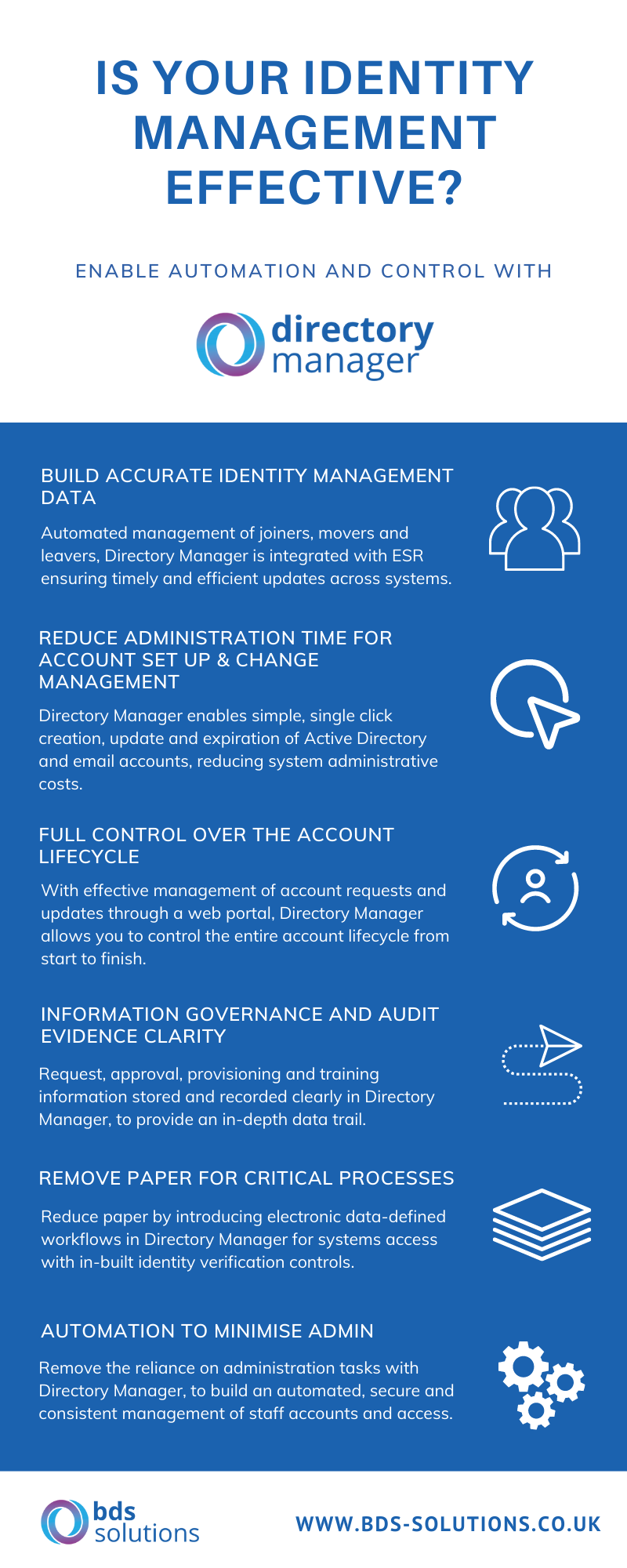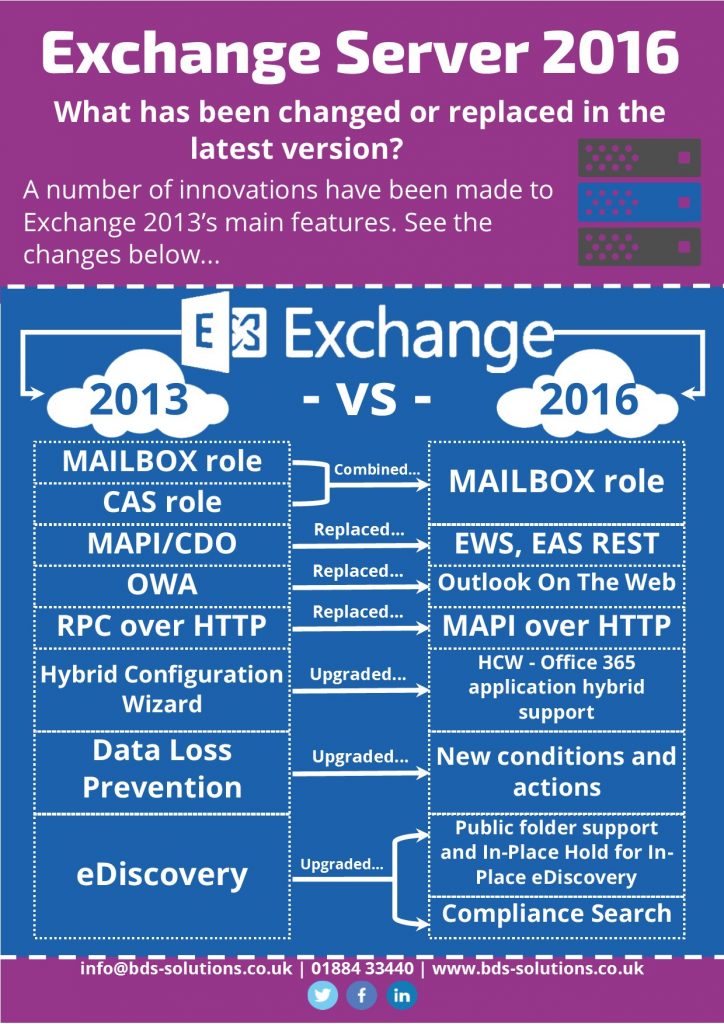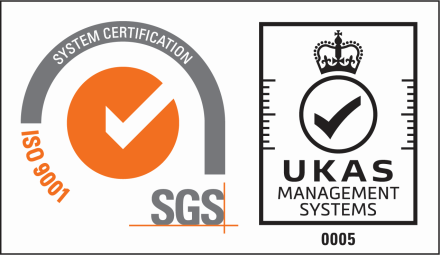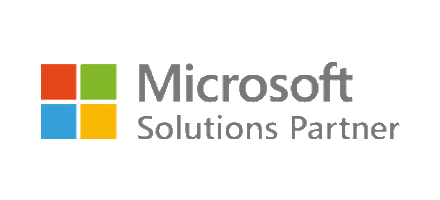
BDS Solutions supports Crisis at Christmas
Crisis provides vital help so that people can rebuild their lives and are supported out of homelessness for good. This is done through education, training and support with housing, employment and health.
Why not donate alongside BDS and help secure additional spaces for people to attend one of CrisisŌĆÖ Christmas centres to provide warmth, company, specialist advice and food to those who cannot afford or have access to it this Christmas.
Ian Richards, Head of Christmas at Crisis, said: ŌĆ£We know that when we work together, we can end homelessness. WeŌĆÖre so grateful to BDS Solutions for their generous donation which has secured places for people experiencing homelessness this Christmas. Continued support from organisations are vital in our work in helping people to end their homelessness both at Christmas and all year round.
ŌĆ£We know just how valuable the support and services that the centres provide are to people experiencing homelessness at Christmas. Not only is there warmth and companionship but the centres give our guests access to vital services and support to help lift them out of homelessness.ŌĆØ
To find out more about Crisis and the fantastic work that they do, visit their website here.
Image credit: Crisis

Keeping NHS staff safe from cyber criminals
Health Secretary Matt Hancock has promised new measures to tackle assaults on NHS staff ŌĆō which have reached a five year high. The latest figures show that 15 per cent of NHS staff reported physical and verbal abuse in the course of their duties ŌĆō but many more are facing abuse and threats via their work computers from cyber criminals.
Digital world brings new staff risks
The NHS has become a prime target for cyber criminals looking to access sensitive data to manipulate the NHS or to inflict operationally crippling viruses.
If an employee inadvertently opens the door to cyber-attackers, the results can be significant, and the employee can be psychologically harmed.
With the NHS trying to attract and retain staff, one of its biggest challenges is building a safe working environment.
Keep the door shut to cyber-attacks
Staff are an organisationŌĆÖs biggest asset – as well as an organisationŌĆÖs biggest responsibility. As with verbal abuse, the repercussions of an online or cyber-attack can be well hidden and long-lasting.
If a member of staff believes they may have caused a cyber-attack, the psychological effects may be detrimental to their mental health.
New measures to tackle employee abuse, must also contain strategies to reduce online risks, such as:
- Ensuring your identity and access management systems contain accurate data. By introducing automated synchronisation of data, NHS Trusts can be confident that the right people have access to the right systems.
- Installing BDS SolutionsŌĆÖ Directory Manager which coordinates data automatically between ESR, Active Directory and NHSmail, so staff records are effectively managed to ensure the primary ŌĆśsource of truthŌĆÖ is preserved.
- Developing a culture of responsibility for work accounts. Employees should have individual access details and should not be sharing.
- Introducing a no-blame ethos that encourages communication. Reporting an attack quickly can save valuable time and limit the impact. Training staff to not be scared to report incidents and reassuring them that there are no repercussions is vital.
- Training staff to spot suspicious activity. NHS employees are busy but training them to question unusual behaviour or requests will help to protect NHS systems.
A zero tolerance approach to attacks on staff shouldnŌĆÖt just focus on physical and verbal abuse, but also identify risks online.

Remove silos for effective employee data management
With the introduction of GDPR (General Data Protection Regulations) hitting the headlines, and our inboxes (many times), NHS organisations have been focusing on the process of managing patient data. Yet, it would appear that critical employee data might be quickly ticked off the GDPR list without truly understanding the importance of long-term safeguards for this information.
Data may be held on a secure server and you probably have procedures in place to update the data, or manage a breech, but can your siloed systems cope with the level of employees in organisations and the number of changes to guarantee GDPR compliance of your personnel data? Only by introducing an automated system can the NHS effectively and compliantly manage staff data.
Data privacy toughens up
Data privacy has gained much attention across all sectors in recent months. How people are communicated to, as well as how their personal data is managed and stored has been prioritised by businesses. For the NHS this focus is critical, as it manages very personal patient data.
Yet, the regulations cover all types of personal data, including employee information, which for the NHS is a significant dataset and is constantly changing.
Central to effective management of staff data is ensuring that you have clear data visibility; identifying where it is stored, that it is easy to process and update, and have appropriate measures for security. The challenge faced by the NHS is that its personnel data is held in a number of systems ŌĆō NHSmail, ESR and Active Directory.
Automating privacy
Only by creating automated links between these systems, can the NHS be confident that it is compliant to the new GDPR requirements. Automation removes the possibility of human error between the systems and speeds up the process, ensuring that accurate data is held across all systems.
Equally, it enables the NHS to meet its obligations to delete data immediately after a person leaves the organisation, so data is removed efficiently from all systems. For many NHS organisations, this task is still very time-intensive, relying on various people for different systems.
BDS SolutionsŌĆÖ Directory Manager has proven to reduce administration time spent on these tasks, building an efficient approach to managing data. By linking together ESR, Active Directory and NHSmail, the NHS can effectively safeguard itself against GDPR violations for the management of staff data, as well as freeing up valuable time spent on administration.
GDPR has created a significant amount of hype over external personal data, but it is important to remember that the legislation requires better management of your entire data-estate, covering internal personnel too. For employee information, this can only be effectively achieved by automating the interface between the various systems that house the data to ensure efficient and secure data management.
Find out more about BDS’s Directory Manager or get in touch.
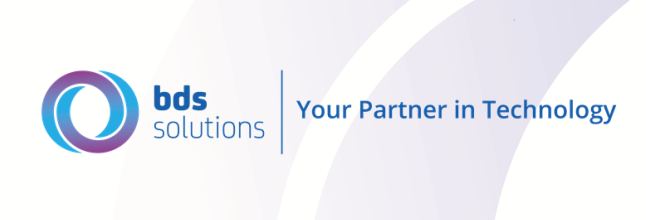
BDS Strengthens Team with Cyber and Health Technical Expertise
BDS Solutions, Cullompton-based NHS IT solutions provider, has enhanced its team with the recruitment of Tom Taylor, who has joined the firm having previously worked on cyber security for NATO, and Liam Wakefield, who previously looked after clinical systems for Devon Doctors.
Cyber security expertise
Tom Taylor brings with him a wealth of experience from technology-firm Leonardo, an international firm specialising in aerospace, defence and security. As the Cyber Security Infrastructure Engineer for customer NATO, Tom leverages his broad IT experience and methodical approach to apply to his new BDS SolutionsŌĆÖ role.
ŌĆ£I understand the cyber landscape and how to mitigate risk, offering a different perspective to the NHS. Many organisations ignore key security settings because they do not appreciate their importance. It is scary what can be done by hackers and I have witnessed some impressive methods used to break into systems. Using this knowledge, I can help the NHS to protect systems,ŌĆØ explained Tom.
As one of BDS SolutionsŌĆÖ Principle Technical Consultants, TomŌĆÖs expertise will be utilised to provide expert insight to enhance solutions, working closely with NHS customers to ensure all patches and software is up-to-date.
Tom believes the NHS needs to focus on creating a robust actionable plan to counter cyber-attacks and resourcing it with a realistic budget to prioritise and deliver. ŌĆ£Cyber security needs clear support and direction from the top of the organisation. The NHS has conducted some knee jerk reactions to cyber-attacks, which have resulted in wider trust-wide implications.
ŌĆ£Should a cyber-attack occur, the IT team needs to know as a priority, so they can assess and take appropriate action. Due to the pressure on NHS budgets, some measures taken have been counter-productive,ŌĆØ added Tom.
Modern healthcare insights
Liam Wakefield joins BDS Solutions as Senior Technical Consultant. In his previous role, Liam was in charge of clinical systems at Devon Doctors, an out of hours GP support service, where he oversaw the organisationsŌĆÖ network and application delivery throughout Devon and Cornwall.
ŌĆ£I looked after clinical systems for doctors and dentistry across several sites, as well as helping to develop new tools. The insight gained about the healthcare sector at Devon Doctors is applicable across the NHS, with many facing the realisation that their systems need updating.ŌĆØ
In his new role at BDS Solutions, Liam pulls on his specialist healthcare insights, as well as his Microsoft training and expertise, to ensure successful implementation of solutions. Understanding the pressure on the healthcare sector to streamline operations and merge IT systems, Liam appreciates the impact it can have on patients, clinicians and staff.
ŌĆ£IT in the NHS is segregated. Trusts work independently to each other, across many parts of the UK. Yet, in some regions, groups of NHS trusts and organisations are collaborating, creating unity, so they essentially act as a single entity. Costs and resources are shared, which is clearly the way forward for the NHS to modernise and save money,ŌĆØ added Liam.
Expertise at BDS Solutions
Liam is looking forward to engaging in a broad range of technologies at BDS Solutions, getting involved in a variety of projects: ŌĆ£Any week is different at BDS, I am involved in small projects to large IT implementations, which offer diverse challenges.ŌĆØ
Tom moved to BDS Solutions as he wanted to work closer to home and is already appreciating the changes in working for a smaller, independent firm: ŌĆ£I think in work you get out, what you put in. Putting your heart and soul into your work is rewarding in a smaller firm; it is a family and you get recognition for trying hard.ŌĆØ
ŌĆ£Tom and Liam are welcomed additions to the BDS Solutions team. Their insights in cyber security and wider healthcare systems provide us and our NHS customers with valuable expertise,ŌĆØ said Derrick Foan, Managing Director.
ŌĆ£NHS IT teams have many challenges in trying to achieve a collaborative, streamlined, and secure environment. We aim to support these goals with solutions that ensure robust IT infrastructure, something that both Tom and Liam will help to expertly deliver.ŌĆØ
Get in touch with us to find out more about how BDS Solutions could support your organisation.

Future-proof your IAM investment
The transformation of Identity and Access Management (IAM) systems is a cost that the NHS could do without, but itŌĆÖs critical in the drive to digitalisation. With an infrastructure that already has large numbers of siloed systems, it is the IT teamŌĆÖs responsibility to ensure that new IAM solutions can provide automation and are future-proofed.
Future system demands
The ability to meet the challenges of changing technologies and a dynamically-changing, mobile workforce, will require IT teams to take a longer-term approach to IAM implementations. The quick fix approach to solve current system headaches is naïve, given the speed of change, both operationally and technologically, across the NHS.
A Gartner survey entitled “Survey Analysis: What IAM Leaders Are Saying About Budgets, IoT and Technology Plans Through 2018”, found that 63% of IAM leaders plan to change IAM technology within the next two years and the main reason for replacement was that their system no longer meets requirements. This is a wider-industry lesson thatŌĆÖs important for the NHS.
If the NHSŌĆÖ only goal is to solve current headaches, they are going to end up in exactly the same place again, perhaps two or five years down the line. Ensuring a robust IAM solution is in place will be central to support future integration and deliver return-on-investment.
It is important to view IAM as a trust-wide tool that enables access to an array of hospital systems. As hospitals look to new technology to enhance patient care and service, careful access management and connectivity will be essential to deliver an effective, secure service.
IT for the future NHS
This constantly altering environment is challenging to trusts. With vast infrastructure and users, change management must be carefully considered and planned to minimise the impact on the daily operations of the hospital.
One way in which trusts are tackling the fluidity of technology is by consuming increasing amounts of infrastructure and applications as a service, rather than on-premise. Whether as a service or on-premise, IT infrastructure or specific elements of it, are also being managed and updated by specialist technology professionals, taking the onus off the in-house IT department.
BDS Solutions works with a wide number of NHS Trusts providing specialist identity and access management solutions, as well as technical support and infrastructure services. Its Directory Manager solution automates the link between ESR and NHSmail, effectively managing Active Directory user accounts, providing flexibility to support future technologies.
Finding a long-term partner, who is a specialist in NHS technologies and systems is the key to IAM success. With the right advice and support, trusts should move towards solutions that can be flexible to future-proof investment.

BDS Solutions demonstrate continued investment in quality management securing ISO 9001:2015 certification
Dedicated to continuous improvement in quality management and customer delivery, BDS Solutions has demonstrated an impeccable commitment to achieve ISO 9001:2015 certification.
Having held the ISO 9001 standard for Quality Management since 1999, BDS Solutions undertook a rigorous year-long review of procedures to move from the 2008 standard and ensure compliance to the 2015 requirements.
Audited in July 2017 by an external auditor, BDS Solutions was highly praised: ŌĆ£The auditor was complimentary about the processes we had in place and had no areas for improvement,ŌĆØ said Martin Weaver, BDS Solutions.
The focus of the new standard is on continuous improvement; BDS Solutions was able to showcase how it applies the standardŌĆÖs ŌĆśPlan-Do-Check-ActŌĆÖ cycle. With customers, BDS Solutions always requests feedback on its service and delivery, ensuring that it follows up and learns from any feedback less than ŌĆśgoodŌĆÖ.
Equally, as required, BDS Solutions demonstrated senior management involvement and knowledge in the quality and risk management processes, so that reliance and change is overseen from the leadership-level.
ŌĆ£Continuous change in quality management has been an ongoing commitment for BDS Solutions, so there were no massive changes,ŌĆØ explained Martin. ŌĆ£Our internal review showed that we needed to restructure our quality manual to fit the new ISO high-level structure, but much of the content was already in place,ŌĆØ
ŌĆ£Staff understanding of procedures is very high in the company. Risk management is an inherent part of our company culture, as is the cycle of continuous improvement. The ISO 9001:2015 enabled us to showcase much of the processes we already had in place and fine-tune others to meet new standards,ŌĆØ added Martin.
Finally, BDS Solutions demonstrated how it managed stakeholder and environment risks, so that business continuity is assured. This included both internal and external risks, ranging from the impact of employee, customer, and supplier issues, to changes in legislation.
As a customer-focused business, BDS Solutions ISO 9001:2015 certification demonstrates a dedication to ensuring a consistent and robust service to customers.

NHS Systems: Simplify the complex with BDS Solutions
The nature of the National Health Service (NHS), with a multitude of applications and devices and an array of ways in which staff interact with technology, adds significant complication to managing and enhancing the vital systems used by the organisation.
However, there is widespread agreement that the NHS must make steps to digitalise and improve technology throughout. The idea of simplifying systems and creating a user-focused approach is an important step.
Complex change
An independent report, ŌĆśMaking IT work: harnessing the power of health information technology to improve care in EnglandŌĆÖ, published by the government in September 2016 commented: ŌĆ£Many observers and stakeholders mistakenly believed that implementing health IT would be a simple matter of technical change ŌĆō a straightforward process of following a recipe or a checklist. In fact, implementing health IT is one of the most complex adaptive changes in the history of healthcare, and perhaps of any industry.ŌĆØ
The level of complexity is huge. The NHS in a single Trust commonly manages multiple locations and vast numbers of applications to meet the needs across all departments. Adding to this, developments in devices and applications t is changing working practices and increasing reliance on technology. This development has resulted in more mobile devices requiring different levels of access. To put this in context, the NHS provisional statistics in September 2016 published the current headcount in the service to be nearing 1.18 million people. The vast majority will be IT usersŌĆ”an enormous task.
Simplifying operations
The solution is to focus on providing access to important systems, no matter the device, and streamlining operations. Complexity is reduced by reducing repetition and building system collaboration. Implementing solutions that bring together existing vital systems enables the NHS to have better control, from a clearer understanding of the operational performance of infrastructure, to visibility of data.
User service is another key benefit. Creating a user-centered design, does not only enhance efficiency, but also encourages better management of the data and improved access to key systems, reducing the possibility of errors. The systems in place must work for both the organisation, without forgetting the people who will be operating the applications.
Optimising systems and reducing complexity across the NHS can be achieved by integration and linking systems and access. This user-focused approach is an important step to ensure more effective staff, working practices and data.
BDS Solutions is a leading IT partner for NHS Trusts and organisations across the UK. BDS Solutions delivers reliable and efficient IT infrastructure that ensures secure access to vital NHS systems across multiple locations and devices for NHS staff.
Find out more by speaking with our expert team.
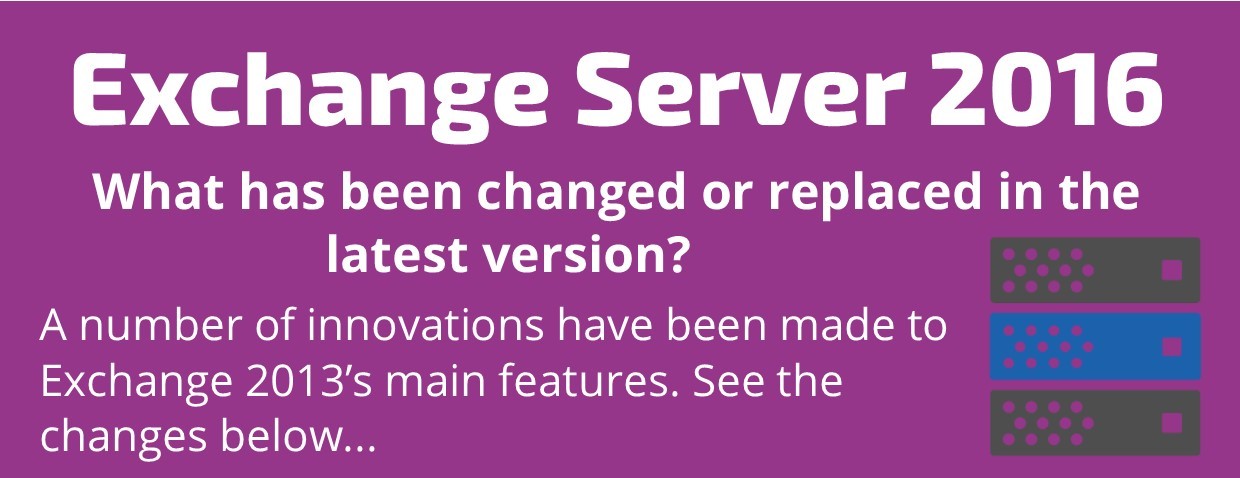
WhatŌĆÖs new in Exchange 2016?
Microsoft state that Microsoft Exchange Server 2016 ŌĆśbrings a new set of technologies, features, and services to Exchange Server.ŌĆÖ Its goal is to support people and organizations as their work habits evolve from a communication focus to a collaboration focus.
Key changes and innovations to Exchange Server 2016 include:
- Easier document collaboration for SharePoint and OneDrive.
- Faster and enhanced search.
- New cloud-focused architecture- improver performance.
- Better reliability with faster failovers.
See┬Āmore in our infographic to learn about the many other innovations to Exchange 2013ŌĆÖs main features. Some have been replaced, improved and even removed!
Blog by Jon Knight, Technical Support Analyst
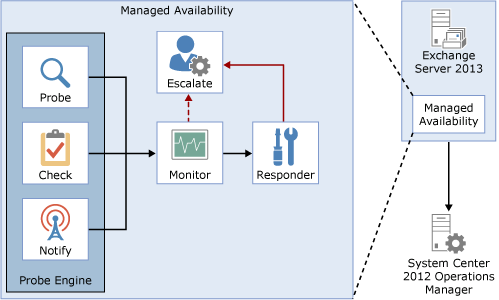
Exchange 2016 defines its own management path
Since Exchange 2013, Microsoft has built in functionality for Exchange to monitor, and in some cases heal, itself. This functionality it calls ŌĆ£Managed AvailabilityŌĆØ.
The upside of this is that Management packs will no longer be developed for Microsoft Exchange in System Centre operations Manager (SCOM).
Click on the link to find out more:
Blog by Jon Knight, Technical Support Analyst
